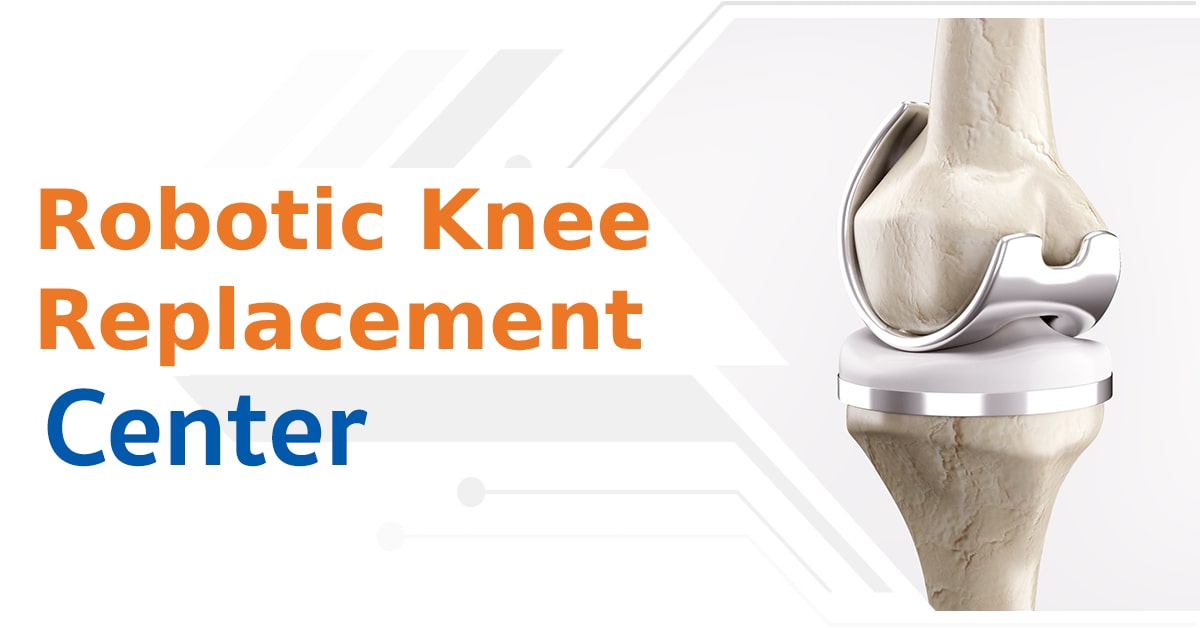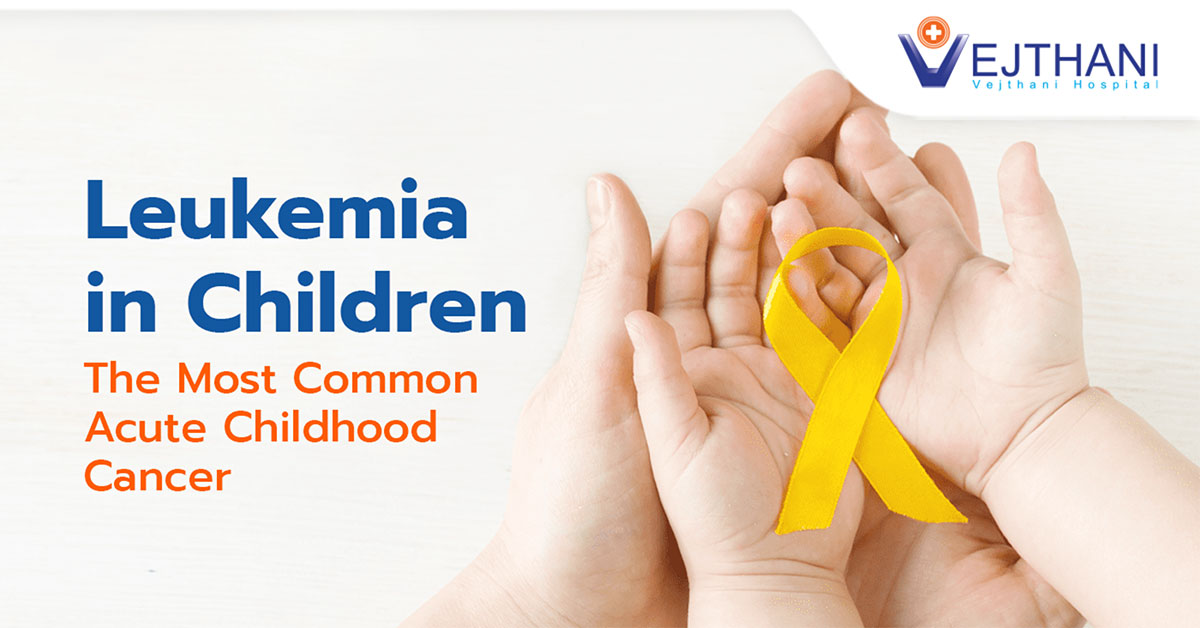
Legg-Calve-Perthes disease
Overview
Legg-Calve-Perthes disease is a condition that occurs in childhood and affects the hip joint. It is characterized by a temporary interruption of the blood supply to the femoral head, which is the ball-shaped part of the hip joint. As a result of this interruption, the bone begins to die.
The affected bone becomes fragile and eventually breaks apart. Over time, the bone may lose its round shape, leading to various hip joint problems. The ball recovers after the body gradually restores blood flow to it. However, if the ball is no longer round once it has healed, it may result in pain and stiffness. The renewal process of loss and fracture may take several years.
Perthes disease is a rare condition that affects one in 10,000 children between the ages of four and eight, but it can also affect children as young as two or as old as twelve. Up to 15% of children have problems with both hips.
Doctors utilize a range of procedures that keep the ball of the joint snug in the socket portion of the joint in order to maintain the ball as round as feasible. During the healing process of Legg-Calve-Perthes disease, the socket of the hip joint serves as a mold for the fragmented femoral head. As the bone gradually regains its shape and strength, it conforms to the shape of the socket, which helps to restore the normal functioning of the hip joint.
Symptoms
Legg-Calve-Perthes disease signs and symptoms include:
- Pain that is better with rest but gets worse with activity
- Hip, groin, thigh or knee pain
- Hip, groin, thigh or knee stiffness
- Limited hip joint movement
- Limping
Most cases of Legg-Calve-Perthes disease only affect one hip. Both hips can be affected in some children, although usually at different times. If your child starts limping or complains of hip, groin, or knee pain, schedule a visit with your doctor. Seek emergency medical attention for your child if they have a fever or are unable to bear weight on a leg.
Causes
Legg-Calve-Perthes disease develops when the ball of the hip joint (femoral head) receives insufficient blood flow. This bone becomes brittle and prone to fracture without adequate blood supply. The brief decline in blood flow to the femoral head is still being caused by unknown factors.
Risk factors
Legg-Calve-Perthes disease risk factors include:
- Age. Although it can afflict kids of almost any age, Legg-Calve-Perthes disease often manifests between the ages of 4 and 10.
- Sex. Boys are nearly four times more likely than girls to have Legg-Calve-Perthes.
- Race. Black children are less likely than white to experience the disease.
- Genetic mutations. Legg-Calve-Perthes disease appears to be connected to gene alterations in a small group of patients. Further research is required.




















